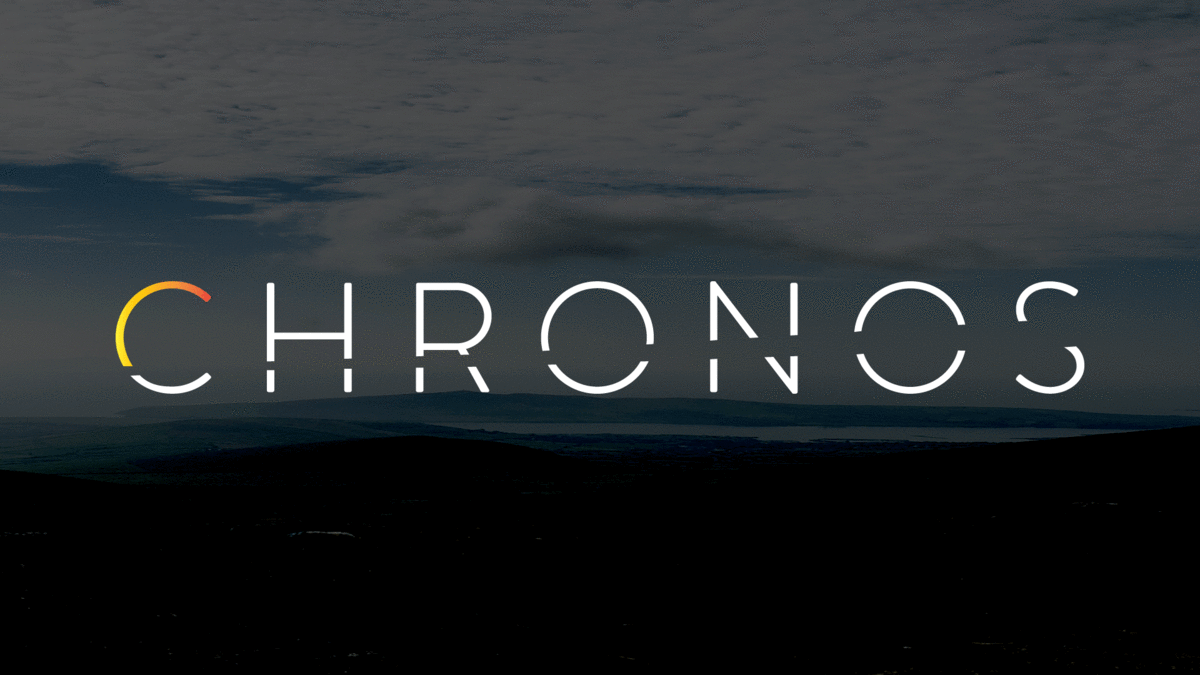
Visit our splash page at chronoslany.com
Chronos is a comprehensive developer tool that monitors the health and web traffic of servers, microservices, and containers. Use Chronos to see real-time data monitoring and receive automated notifications over Slack or email.
- Metric query tool so you can filter out specific metrics — now you only have to see what you want on the dashboard and reduce database bloat, keeping your database from being overwhelmed with data points that you don't actually need.
- Kubernetes metrics monitoring via Prometheus.
- Additional metrics added, bringing Chronos up from only 12 to 100+ metrics that are currently available
- Option to filter by category and individual metric, and flip between services and categories with ease
- Apache Kafka monitoring capability, all you need to do is run Prometheus JMX exporter on the system your Chronos application is running on. A sample JMX config.yaml file is provided in the Chronos repository for a quick and easy setup, however you are free to configure however you like.
- Bug fixes and UI tweaks — Chronos is now a more seamless experience than ever.
- Distributed tracing enabled across microservices applications
- Kubernetes monitoring via Prometheus server
- Compatible with

- Supports
 and
and  databases
databases - Displays real-time temperature, speed, latency, and memory statistics
- Display and compare multiple microservice metrics in a single graph
- Monitor an
 cluster via the JMX Prometheus Exporter
cluster via the JMX Prometheus Exporter - Monitor a Kubernetes cluster via a Prometheus monitoring server
This is for the latest Chronos version 8 release.
NOTE: The Chronos tracker code is included in the chronos_npm_package folder for ease of development, but the published npm package can be downloaded by running npm install @chronosmicro/tracker
Make sure you're running version 16.17.1 of ![]() , to align with the
, to align with the ![]() version used by
version used by ![]() version 22.
version 22.
If you wish to launch the Electron Application in an WSL2 envirronment(Ubuntu) you may need the following commands for an Electron window to appear
-
Install VcXsrv
-
Run the following command in the terminal
sudo apt install libgconf-2-4 libatk1.0-0 libatk-bridge2.0-0 libgdk-pixbuf2.0-0 libgtk-3-0 libgbm-dev libnss3-dev libxss-dev
- After running your VcXsrv instance, run the following command in the terminal
export DISPLAY="`sed -n 's/nameserver //p' /etc/resolv.conf`:0"
- From the root directory, run
npm install - Open a terminal and run
npm run dev:appto start the Webpack development server - Open another terminal and run
npm run dev:electronto start the Electron UI in development mode
- From the root directory, run
npm run build - Run
npm package - Find the
chronos.appexecutable inside the newly createdrelease-buildsfolder in the root directory.
We provide three working example microservice applications branch for you to test out Chronos:
- examples/microservices
- examples/docker
- examples/kubernetes
In the microservices folder, we provide a sample microservice application that successfully utilizes Chronos to apply all the powerful, built-in features of our monitoring tool. You can then visualize the data with the ![]() app.
app.
Refer to the README in the microservices folder for more details.
In the ![]() folder within the
folder within the master branch, we provide a sample dockerized microservices application to test out Chronos and to apply distributed tracing across different containers for your testing convenience.
The docker folder includes individual ![]() files in their respective directories. A docker-compose.yml is in the root directory in case you'd like to deploy all services together.
files in their respective directories. A docker-compose.yml is in the root directory in case you'd like to deploy all services together.
Refer to the README in the docker folder for more details.
The kubernetes folder includes a React frontend and an Express server backend, and the Dockerfiles needed to containerize them for Kubernetes deployment. The launch folder includes the YAML files needed to configure the deployments, services, and configurations of the frontend, backend, and Prometheus server.
Refer to the README in the kubernetes folder for more details.
The chronosWebsite branch holds the code for the splash page. Edit the website by checking out the branch, modifying the website, and then updating the AWS S3 bucket with the changes.
Return to Top
Development of Chronos is open source on GitHub through the tech accelerator umbrella OS Labs, and we are grateful to the community for contributing bug fixes and improvements. Read below to learn how you can take part in improving Chronos.
Chronos is MIT licensed.



